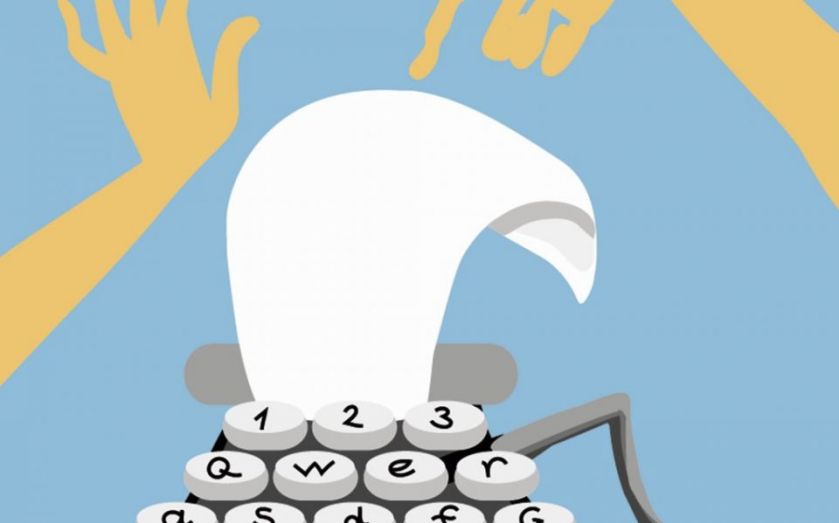CV advice for 2016: “Team players” and “good listeners” don’t get hired

If writing a CV is a difficult task, reading one may be just as taxing. Recent research by the New College of the Humanities found that 59 per cent of employers said they are caused “stress” by grammatical and typing errors on job applications.
So if you’re thinking of applying for jobs in the New Year, and using the Christmas break to update your CV, here’s some food for thought.
STATING THE OBVIOUS
CV space is a precious commodity. And while there is no universal standard when it comes to length, you don’t want to push the envelope when a job is at stake. A large number of recruiters insist that it should never exceed two sides of A4, so you need to be selective with the skills you shout about.
Don’t sacrifice space to talk about your “proficiency in Microsoft Office”. Indeed, this will look tautological if your work history contains a number of office positions. The same can be said for “references available on request”, which is a “useless and obvious” inclusion, says former Google recruiter Scott Bacon. “Employers know to ask, regardless of the role,” he told Fast Company. Adding references almost looks like you don’t have enough work history and have to pad with people who can vouch for you.”
It can sometimes be difficult to decide how to discuss skills without resorting to buzzwords, but New College of the Humanities compiled a list of the biggest red-flags for recruiters. The most hated include: “can work independently”, “team player“, “excellent written communication skills”, and a couple which would be better off in the classifieds, such as “good listener”. By drawing on specific examples from your work experience, you’ll avoid waffle.
FONT OF ALL KNOWLEDGE
Typefaces are also divisive. “Ban Comic Sans”, a tongue-in-cheek typographical movement, has been going since 2002, acquiring the support of the dreaded font’s designer Vincent Connare. Your CV, however, is not a joke. And you should be wary of using gimmicky fonts to appear individual, when they are likely to appear casual and give the impression that you are unprofessional. Indeed, picking between serious fonts can be a tough task in itself.
Garamond can be useful if you’re desperate for space. Last year, a 14 year-old American schoolboy tried to claim that switching from Times New Roman to Garamond would save the government $467m a year. His claim was heavily disputed, but according to font expert Thomas Phinney, lowercase letters in Garamond are approximately 15 per cent smaller than Times New Roman, so they could help you as a last resort.
There are other reasons to give Times New Roman a wide berth. Designer Brian Hoff described the typographical mainstay as “like putting on sweatpants”. He told Bloomberg that “it’s telegraphing that you didn’t put any thought into the typeface that you selected.” Touting Helvetica as an alternative, Hoffs said that it “feels professional, lighthearted, honest”.
PARSING
More than just a matter of opinion, quirky fonts may prevent a recruiter from being able to read your CV, if it is put through a “parsing” process.
Used by HR to extract key details from your CV, like your name, email, degree, work experience and skills, parsing technology removes white space from between characters. CVs which contain unusual fonts, characters, headers, footers, tables, columns and other formatting features may be nonsensical following this process, with words and letters ending up on the wrong lines, explains Workable’s Rui Miguel Forte.
If the average employer spends only 30 seconds scanning a CV, it is highly unlikely that they will take any extra time to decipher an illegible application.